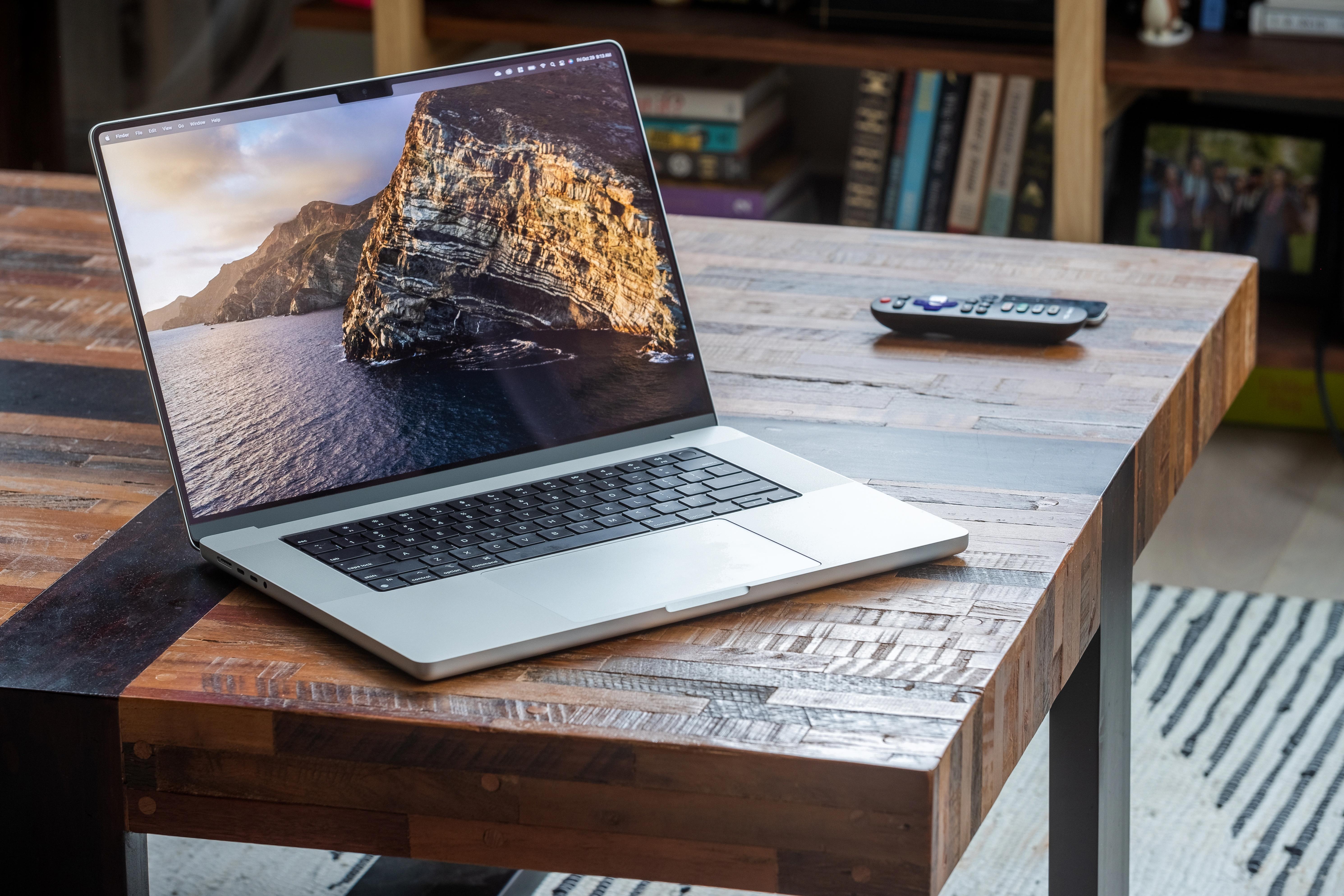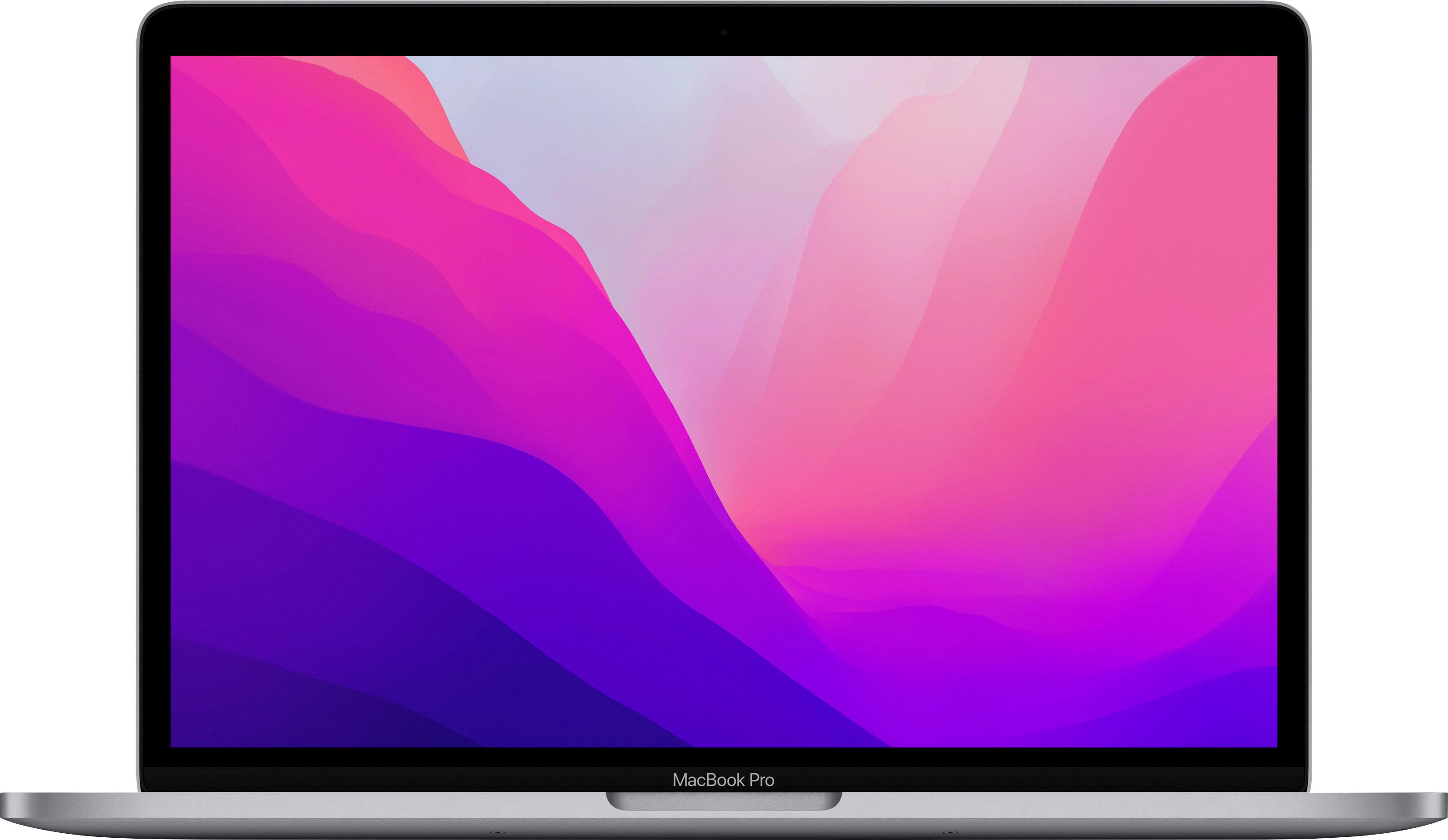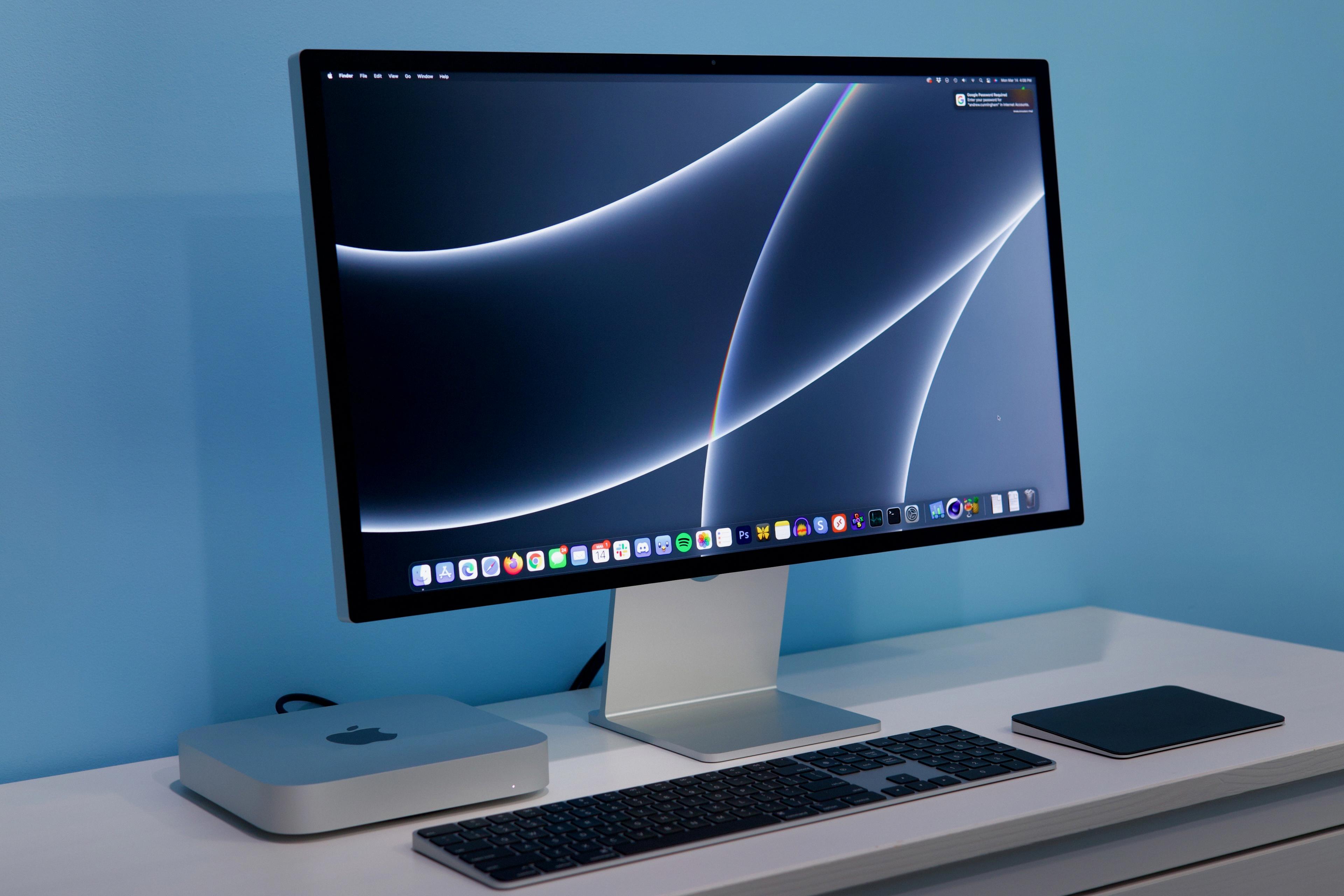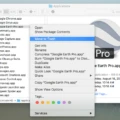Are you wondering how to check the performance of your Mac? It’s easy! With just a few simple steps, you can find out exactly what’s gong on under the hood and make sure that your Mac is running as smoothly as possible.
First, open up the Apple menu in the top left corner of your screen. Then, select System Preferences and click General in the sidebar. On the right side of this window, click About and then select System Report. This will bring up a detailed overview of all of your computer’s hardware components, from its processor speed to its memory to its graphics card information.
Another way to check out your Mac’s system performance is through the Activity Monitor app. To open it up, simply type “Activity Monitor” into Spotlight (or just navigate to it through Finder). Once inside, click Memory (or use the Touch Bar). Here you’ll find the Memory Pressure graph which will tell you if your computer is using its RAM efficiently or if it might need more memory soon. Green memory pressure means that everything is running smoothly whie yellow memory pressure indicates that you might want to add some more RAM soon.
Monitoring your Mac’s system performance doesn’t have to be complicated or time-consuming. Just keep an eye on these two tools and you’ll be able to quickly identify any potential areas for improvement so that your Mac runs optimally for years to come!
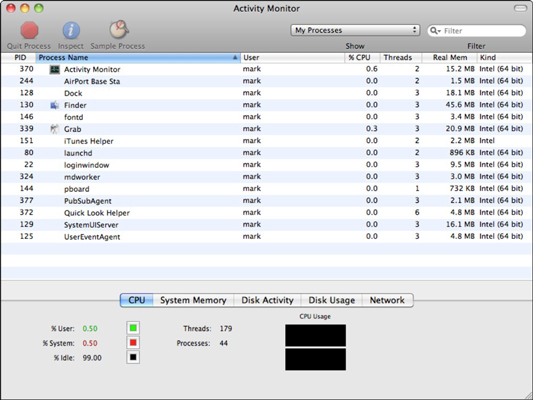
Checking System Stats on a Mac
To check your system stats on a Mac, you can access the System Report. To do this, first open System Preferences by clicking the Apple menu in the top-left corner of your screen and selecting System Preferences. Then, select General in the sidebar and click About on the rght side of the window. Finally, click System Report to view your system stats. Here you’ll find information about your Mac such as its model name, serial number, processor type, amount of installed RAM and more. You can also press and hold the Option key and then select Apple menu > System Information to quickly open the System Report.
Checking CPU and RAM on a Mac
In order to check the processor speed, memory, and graphics card information on your Mac, you’ll need to open the ‘About This Mac’ window. To do this, click on the Apple icon in the top left corner of your screen. This will bring up a drop-down menu. Select the top option: About This Mac. The resulting window should provide you with all of the necessary information regarding your CPU and RAM, including processor type and speed, total memory installed and available, as well as graphics card details.
How Do I Know If My Mac Is Running Optimally?
To know if your Mac is running optimally, you should first check the Memory Pressure graph in the Activity Monitor app. If the graph is green, it means your computer is using all of its RAM efficiently. If it’s yellow, it may mean that your computer culd eventually benefit from more RAM to prevent any slowdowns or lags when multitasking. You can also look at other resources such as CPU and Disk Usage to see if any of them are overloading your system. If so, consider closing applications or freeing up some disk space by deleting files you don’t need anymore. Finally, make sure your computer’s software and firmware are up-to-date; this will help ensure that everything runs smoothly and securely.
Checking CPU and GPU Performance on Mac
To check the performance of your CPU and GPU on a Mac, you can open the Activity Monitor app. Once the app is open, choose Window > CPU Usage to view your CPU performance. This will show you a visual representation of how much of your CPU’s power is being used. You can also select Window > GPU History to get a glimpse into how hard the GPU in your Mac has been working. This will prvide you with a graph showing how much of the GPU’s power has been utilized over time. If either graph shows that the processor or graphics card is running at 100%, it could be an indicator that there may be an issue with your system that needs to be addressed.
Identifying Causes of Slowness on a Mac
To find out what is slowing down your Mac, you can open Activity Monitor which can be found by clicking Go in the macOS menu bar, choosing Utilities and selecting Activity Monitor. In the CPU tab up top, select % CPU to sort active processes by how much computer power they are using. The programs using a higher percentage of CPU are more likly to be causing your Mac to slow down. If any demanding processes are detected, you can select them and click on the ‘Quit Process’ button at the bottom of Activity Monitor to free up resources for other applications.

Source: pcmag.com
Checking RAM and Operating System
To check your RAM and operating system, you can use the Task Manager. To open it, press Ctrl + Shift + Esc or right-click the Taskbar and select Task Manager. Once the Task Manager is open, select the Performance tab to view your current RAM usage in the Memory box and your total RAM capacity listed undr Physical Memory. To check your operating system, open System Properties by pressing Windows key + Pause/Break or right-clicking on Computer in the Start menu and selecting Properties. In System Properties, you’ll see general information about your system including its type, version number, and edition.
Checking CPU Cores on a Mac
To check the number of CPU cores on your Mac, start by navigating to the top left corner of your screen and clicking the Apple Logo. From there, click “About this mac” > “System Report” > “Hardware”. You should then see an overview of the hardware in your Mac. On this page, you should be able to find the total number of CPU cores listed to the riht of “Total number of Cores”. This is how you can easily check your CPU cores on a Mac!
Signs That Your Mac Needs Replacing
Knowing when to replace your Mac can be tricky, but there are a few tell-tale signs that it’s time to upgrade.
First and foremost, if your Mac can no longer run the latest version of macOS, then it’s a sign that you should consider replacing it. With each new iteration of macOS, the list of vintage or obsolete Mac devices grows and eventually, your device will become too outdated to keep up with the latest updates.
Another indication that it’s time to upgrade is if your Mac is running out of storage space. If you find yourself struggling to keep up with the amount of data you need to store on your device and regular freeing up space isn’t enough, then it might be a good idea to invest in a new Mac with more storage capacity.
If you’re also noticing poor battery performance from your device or regular software issues such as crashes or freezes, then these are oher signs that suggest you should think about investing in a new machine. Additionally, if your laptop has suffered any physical damage such as cracked screens or worn out keyboards, then these are further indicators that it’s time for an upgrade.
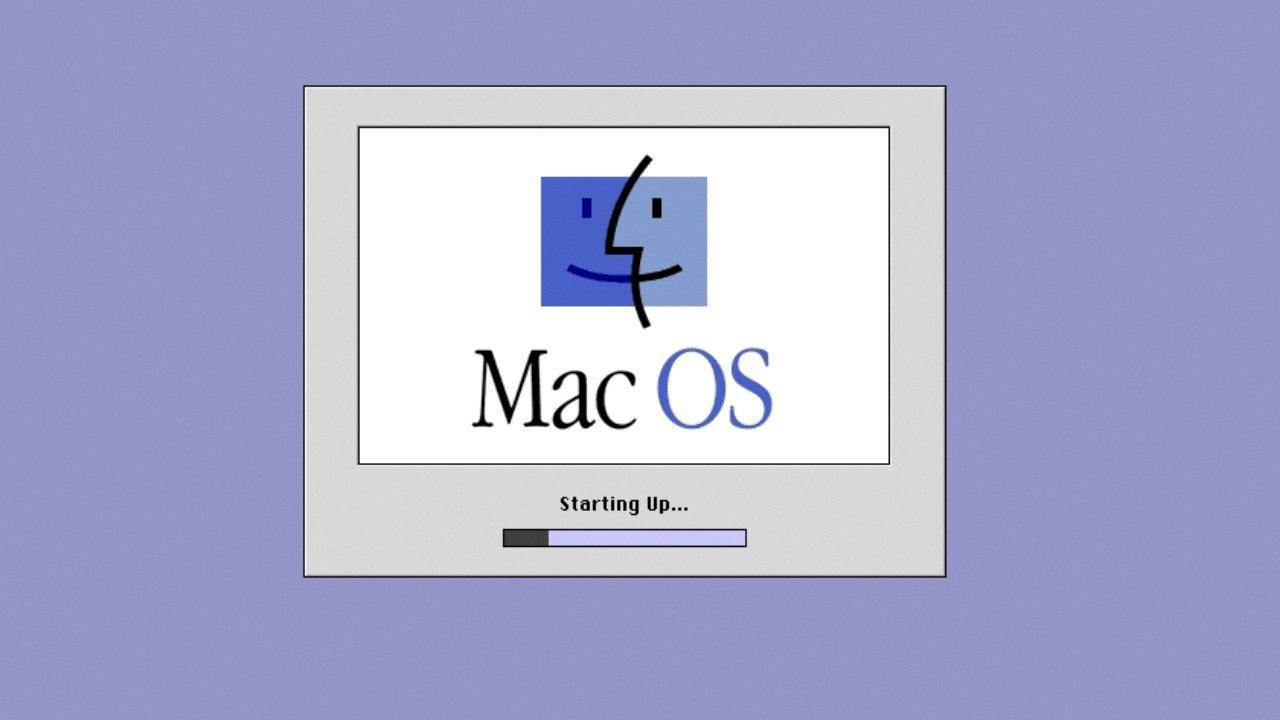
Source: appleinsider.com
Optimizing Mac Performance
To best adjust your Mac for optimal performance, it is important to focus on ensuring that your RAM is sufficient, that you have ample free space on your startup disk, and that all of your software is up-to-date. Here are some specific steps you can take to maximize the performance of your Mac:
1. Upgrade the RAM in your Mac if possible. Increasing the RAM will help speed up applications and alow for more multitasking abilities.
2. Ensure that thee is enough free space available on your startup disk. Deleting unnecessary files and optimizing storage by using cloud services or external drives are great ways of freeing up space.
3. Turn off eye candy, such as fancy animation effects and visualizations, to save CPU cycles and memory resources while using applications or gaming.
4. Repair permissions after installing any new software or making system changes to ensure that everything runs correctly and securely.
5. Disable or remove any unnecessary fonts from Font Book to reduce memory usage when running applications which rely heavily upon fonts (e.g., graphic design programs).
6. Perform regular maintenance with a utility like OnyX to optimize system performance (e.g., clear browser caches, rebuild databases).
7. Disable automatic protection features of utilities like antivirus programs as thse can consume a lot of system resources in the background; however, always make sure that you regularly scan for malware manually if auto-protection is disabled!
Conclusion
The best way to check your Mac’s system performance is to use the System Report, Activity Monitor, and About This Mac features. System Report allows you to see information about your processor speed, memory, and graphics card. Activity Monitor’s Memory Pressure graph lets you know if your computer is usig its RAM efficiently. And About This Mac provides details on the specific hardware of your Mac. With these tools, you can easily monitor your Mac’s performance and make sure it is running optimally.


